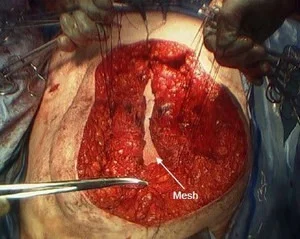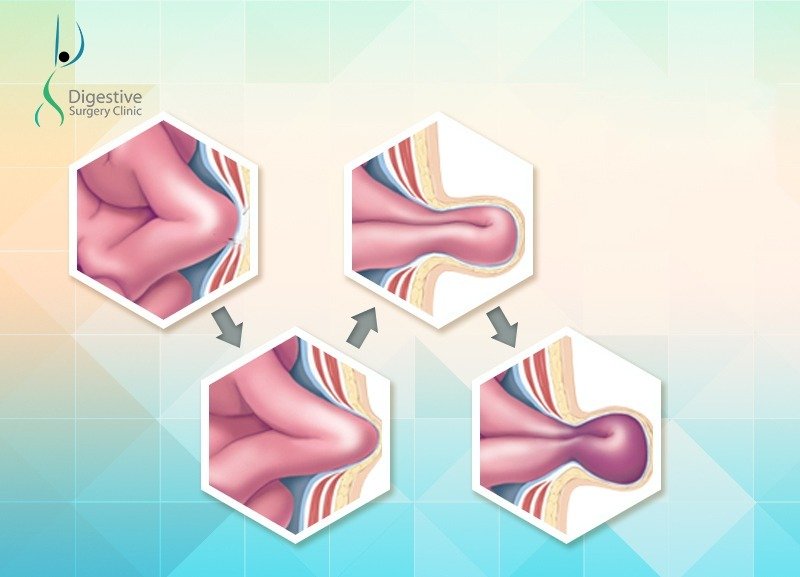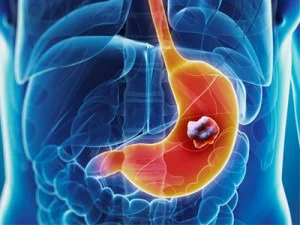New surgery (TAR) for failed hernia repair gives new life to frustrated patients. Hernia surgery has undergone a sea of change. The surgery depends on the hernia. It is no longer acceptable to treat all hernias by one strategy. Although smaller defects can be managed laparoscopically (with tiny holes in the abdomen) with ease, Complex… Continue reading TAR Comes as Blessing for The People Suffering from Severe Hernia
TAR Comes as Blessing for The People Suffering from Severe Hernia






